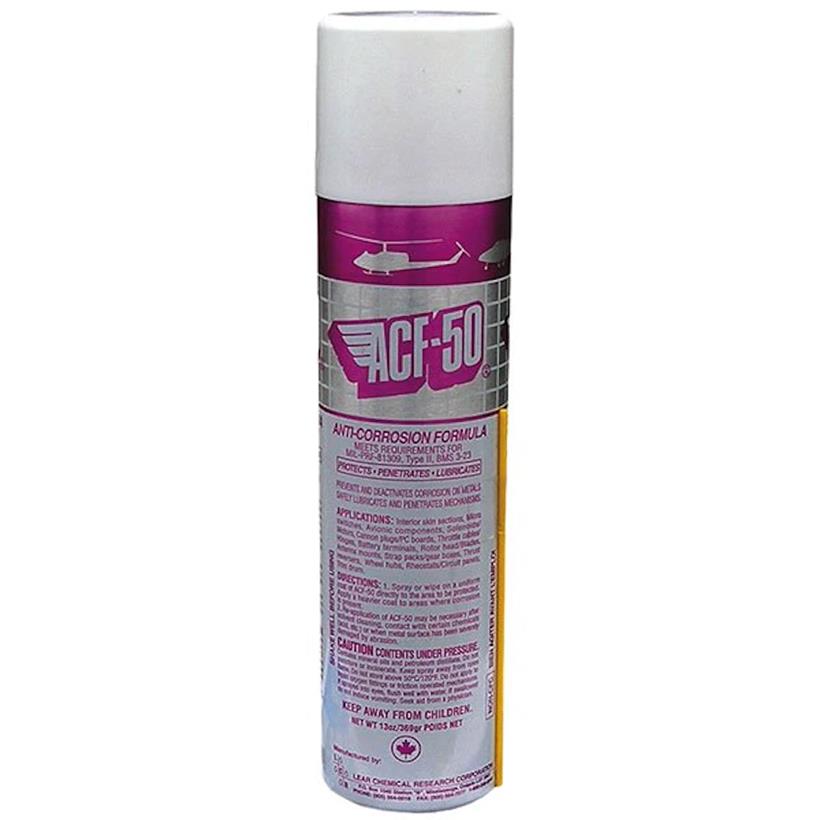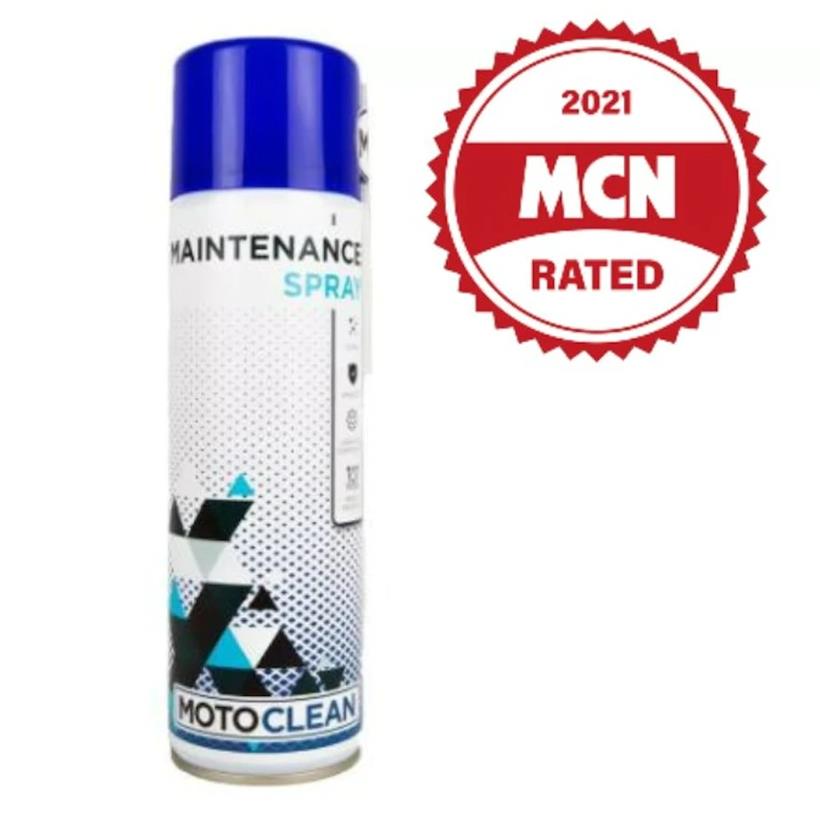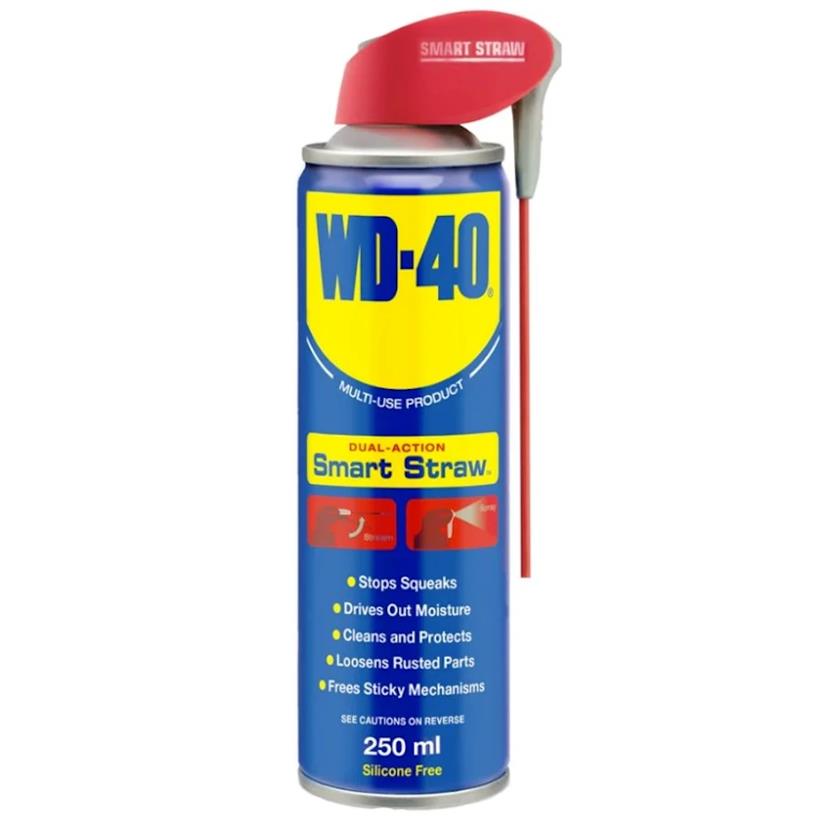Tried and tested: ACF-50 corrosion preventer review
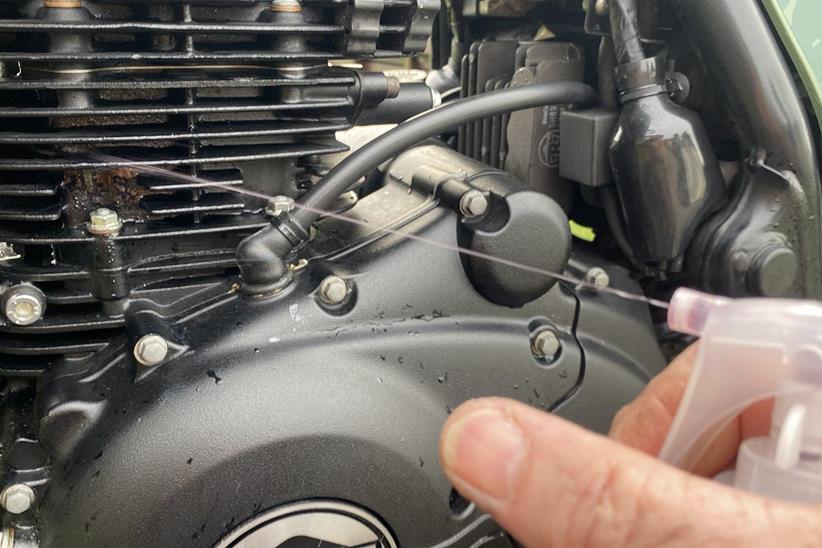
Contents of this review
It’s a sad fact of life that, unless you only ride on dry days and in the warmer months, you will need some form of corrosion prevention on your bike. It might just be a light dusting if you prefer warmer and drier rides or a slathering if you ride all year round, including the depths of winter. If you are one of the latter riders, then you will be familiar with ACF-50 corrosion preventer.
ACF-50 corrosion preventer does what it says on the tin – the ACF stands for Anti-Corrosion Formula – and it was originally designed for the aerospace industry by Lear, the aircraft manufacturer. It was soon adopted by the automotive and motorcycling fraternities since it was a great product to protect cars and bikes from the ravages of a British winter – and in some cases, summer too.
While ACF-50 corrosion preventer is widely recognised and praised, it wasn’t the best at preventing corrosion when our sister title RiDE tested corrosion preventers – it came second to XCP’s products in two separate tests but that said, countless riders swear by it, so it must be doing something right.
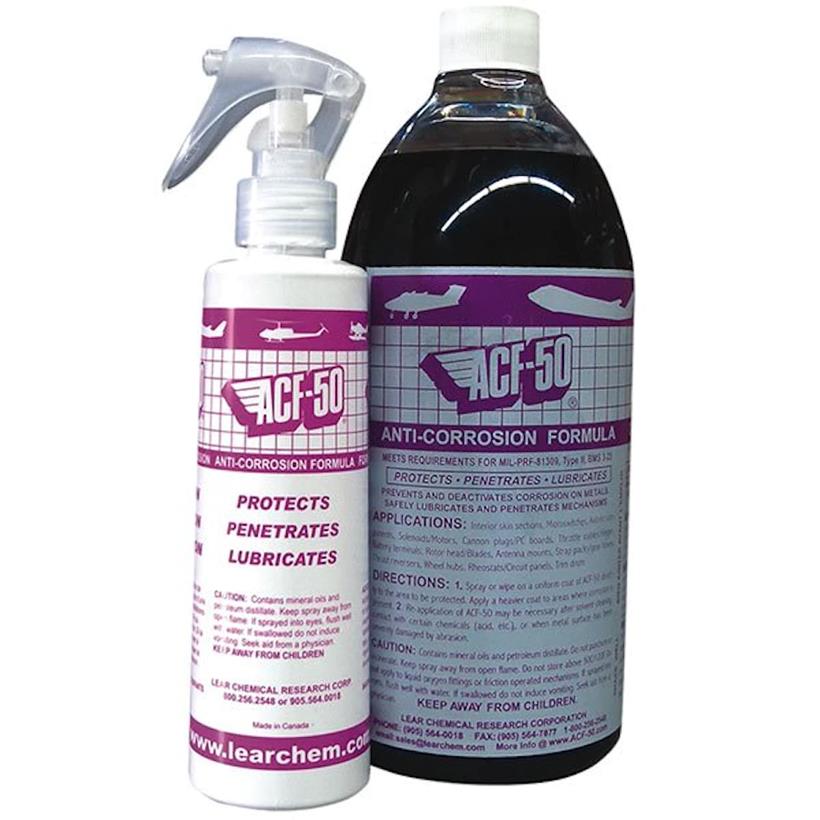

There are numerous ways to buy and apply ACF-50 but one of the easiest – and cost-effective – is by buying a large bottle (in this case, just under a litre) and applying it either with a pump-spray bottle or using a small brush to coat hard to get at fasteners or areas.
One of ACF’s numerous benefits is that it will actively kill existing corrosion and prevent any new forming, as well as creep into inaccessible areas to protect there too. It can be used on any part of the bike except, obviously, the brakes though we also tend to avoid seats, footpegs and foot pedals too.
Applying using the included pump-spray bottle is not for the faint-hearted. You will need several rags to hand, since this bottle sprays in a single fine jet, meaning it goes a long way – in terms of distance from the nozzle – but doesn’t spread far. As a result, you need to be careful where and how you apply it, as it will easily pool and you get through the product really quickly.
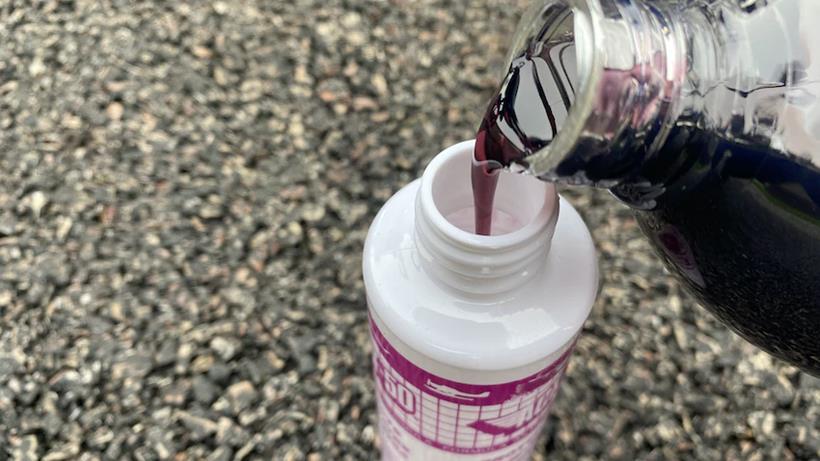
Any areas of excess product can be mopped up and then applied to other, smooth areas using the rag. So far so good. However, by this point, you have probably got it all over your hands – I certainly did every time I tried to use this bottle as it invariably leaks – and you really have to be careful not to get it where you don’t want it. You might want some gloves at this point.
In an attempt to spread it out a bit more, I bought an aluminium pump-spray bottle that came with an adjustable nozzle and managed to get this to apply in a fine-mist spray, as opposed to a solid jet. This distributed the product much wider and in more manageable concentrations but it went through the product in the bottle incredibly quickly. And since the product spread on the bike more widely, it also spread off the bike more widely too – it ended up everywhere.
Another of the quoted benefits is that it can last up to a year and this is because it forms a long-standing barrier of product. However, as a result, it can pick up road debris – dirt and so on – and it actually sticks to the product. I also found that if you store your bike under a black cover in bright sunshine, the heat can lower the ACF’s viscosity and it can run all over the place, making the bike look like it has a leaking fork, for example.

One advantage of using the product from a bottle like this is that you can easily decant some into a small container and use a paint brush to get to tricky fasteners or ones where you want a bit more control, such as brake-caliper banjo bolts or mounting bolts. Trying to apply here with the spray bottle would cover the brakes and turn you into a ditch-seeking missile next time out.
Because it is designed to protect from corrosion, it is also quite difficult to wash off, should you want to get rid of it and start again from fresh. It tends to emulsify and it can leave streaks and marks on the bike in all sorts of tricky places.
Verdict
While ACF-50 undoubtedly works at preventing corrosion on just about every element of your bike, it can be messy to use.

Applying it tends to be much easier than using a pre-prepared aerosol can though this method can be less cost-effective than buying larger quantities of liquid, especially if you clean it off and re-apply it periodically.
It not only protects but kills existing corrosion – handy if you’re coming to an older bike that’s been left, for example, or you haven’t managed to get to yours as often as you’d have liked and is safe for electrics as well.
Pros:
- Protects well from corrosion
- Can be applied by aerosol, pump-spray, brush or rag
- Can last up to a year
Cons:
- Can be really messy to apply so care needed
More maintenance sprays on MCN
- Just so you know, we may receive a commission or other compensation from the links on this website - read why you should trust us.
